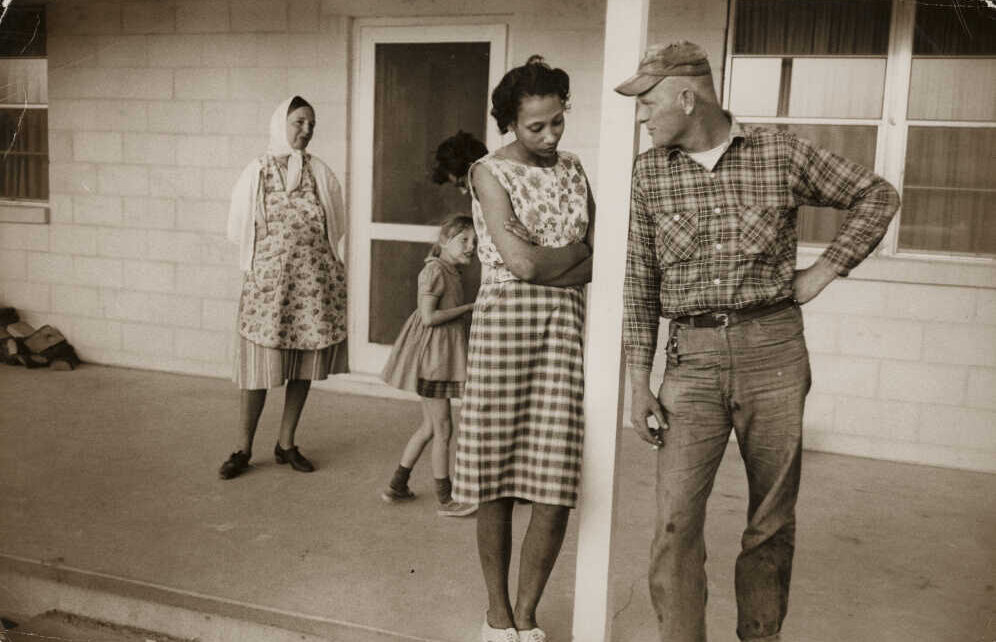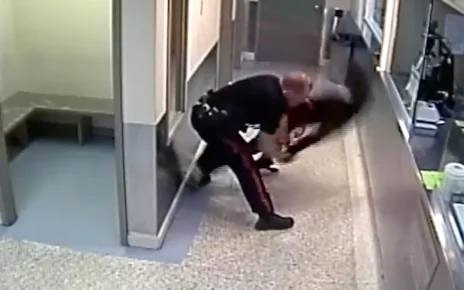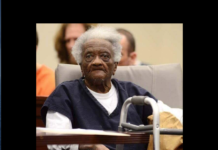Mildred Delores Loving and her husband, Richard Perry Loving were the defendants in the classic United States Supreme Court case Loving v. Virginia.
The Lovings were charged with interracial marriage under a Virginia law that prohibited such weddings, and they were compelled to leave the state to avoid being imprisoned. They had relocated to Washington, DC, but desired to return to their hometown.
They filed a lawsuit to overturn the law with the assistance of the American Civil Liberties Union (ACLU). In 1967, the Supreme Court decided in their favor, declaring the Virginia legislation and other state anti-miscegenation statutes illegal.
The Beginning
Mildred Jeter and Richard Loving met while they were children. The Jeters were long-time Loving family friends who lived next door to each other. And, despite the fact that the Lovings were white and the Jeters were of Black and Native American origin, their friendship did not raise any concerns in Caroline County, Virginia.
Although racial segregation was the law in Virginia, the Lovings befriended everyone.
Richard and Mildred began dating years later. They chose to marry in 1958. However, because interracial marriage was prohibited in the state at the time, the couple traveled to Washington, D.C. and applied for a marriage license there.
 They met as children but their love grew
They met as children but their love grew
“What are you doing in bed with this woman?” Brooks reportedly demanded, pointing his flashlight at the Lovings. “I’m his wife,” Mildred replied.
“Not here, you’re not,” the sheriff declared.
The Lovings were then arrested. The sheriff released Richard after he posted a $1,000 bond. Mildred Loving, on the other hand, was not given the choice of a bond. Instead, she was imprisoned for three nights before being freed by the sheriff.
At their trial, the Lovings were given the option of going to prison or leaving Virginia for 25 years. As a result, the Lovings were barred from seeing their families in Virginia for the next nine years.
Their Life In Washington, D.C.
Richard and Mildred Loving settled in Washington, D.C., and their family quickly expanded to five members. Richard and Mildred were not permitted to go to Virginia together under the terms of their sentence, but they were permitted to visit separately. Mildred returned home to have two of her children.

The Civil Rights movement requested that racial segregation and miscegenation laws be abolished. Mildred wrote a letter to US Attorney General Robert F. Kennedy in 1964, hoping for improvement.
Mildred’s petition was read by Kennedy, and he connected her with the ACLU, who promised to fight for them. The Racial Integrity Act of 1924 barred interracial marriage in Virginia, making it a difficult battle.

In 1965, Leon M. Bazile, the judge presiding over their case, stated, “Almighty God created the races white, black, yellow, malay, and red, and he placed them on distinct continents… And there would be no reason for such weddings if it weren’t for the interference with his arrangement. The separation of the races demonstrates that he did not intend for the races to mix.”
The Virginia Supreme Court of Appeals upheld the Lovings’ original sentence in 1966 with those words. Undaunted, the Lovings took their case to the United States Supreme Court, which heard it in 1967.
The couple returned to Virginia while they awaited the historic trial. If the sheriff caused them any trouble, the ACLU promised to bail them out right away.
The Case In Supreme Court- The Loving v. Virginia case
The Assistant Attorney General compared interracial marriage to incest before the court.

The court unanimously agreed that the Lovings should be allowed to marry each otherHowever, on June 12, 1967, the Supreme Court issued its ruling in Loving v. Virginia. The court unanimously agreed that the Lovings should be allowed to marry each other. As a result of the Loving v. Virginia decision, interracial marriage laws across the country were found unconstitutional.
Chief Justice Earl Warren’s majority judgment defined marriage to be one of the basic civil rights of man, defining it as essential to our very existence and survival.







